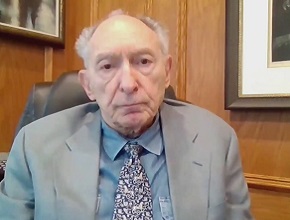Ally Prebtani, MD, is a professor of medicine in the Division of Endocrinology and Metabolism at McMaster University.
What should be the next step if fine-needle aspiration biopsy has revealed a benign thyroid nodule (category II according to the Bethesda classification)? Should further follow-up be planned?
Ally Prebtani, MD: If a thyroid nodule is found to be benign based on fine-needle aspiration biopsy, it all depends on the Thyroid Imaging Reporting and Data System (TIRADS) classification.
If the TIRADS classification was high, for example, 4 or 5, they still need to be followed periodically by ultrasonography because some of [the lesions] can change. But if the TIRADS score was, for example, 2 or 3—it wasn’t that big—you might decide just to clinically follow them up, with no more ultrasounds.
It all depends on the TIRADS classification initially and the size at the time of the TIRADS classification to help you determine whether there’s a need of ultrasonography follow-up or clinical follow-up. If it’s a very small lesion that was TIRADS 2 or TIRADS 1, they probably don’t need any follow-up further because the risk of malignancy in these patients in the long term is almost negligible.
 English
English
 Español
Español
 українська
українська






